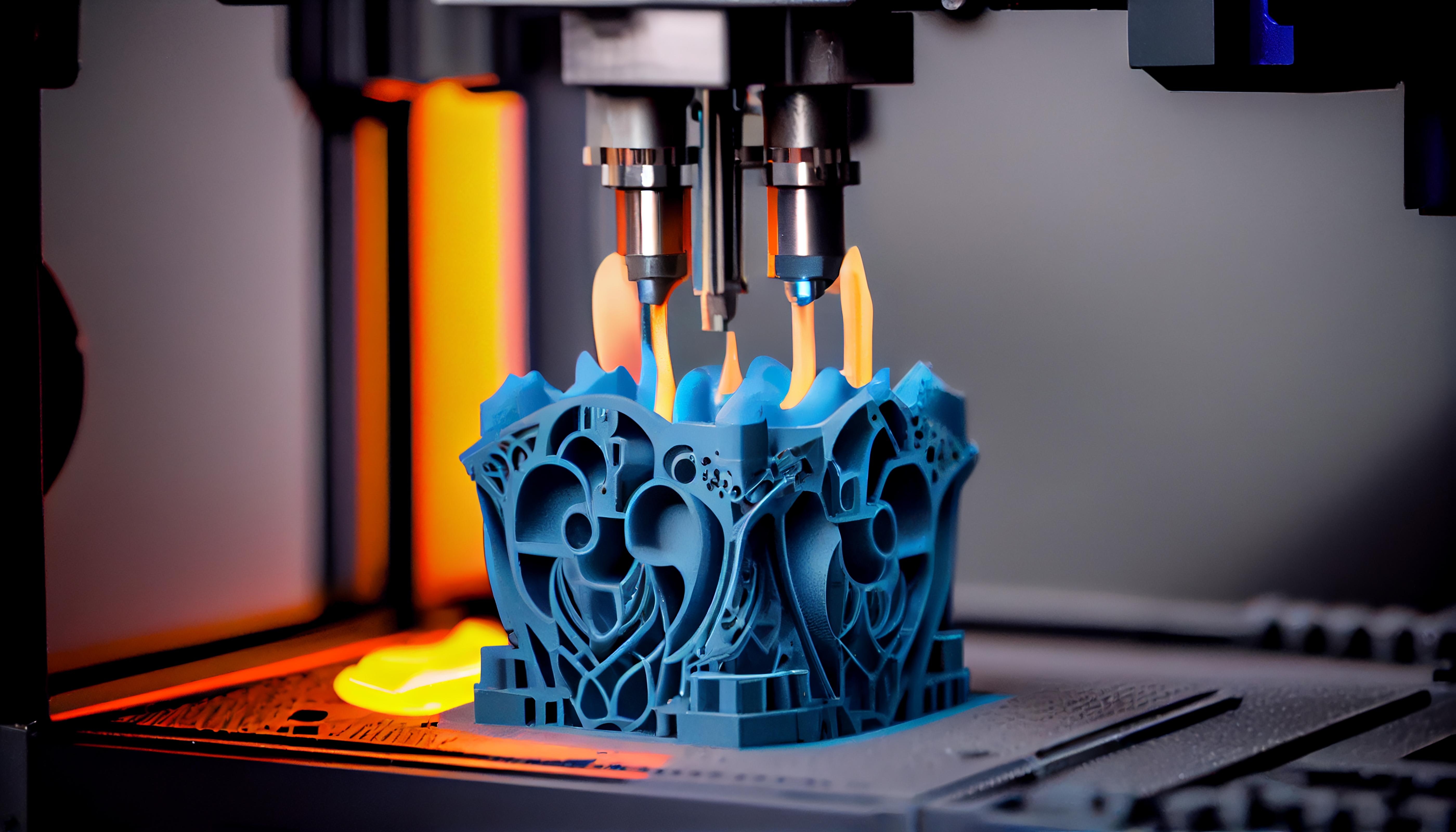Top 5 High Resolution 3D Printing Technologies and How They Work

In today’s world of rapid prototyping and advanced manufacturing, high resolution 3D printing has become the go-to solution for businesses and designers who demand precision, detail, and smooth finishes. From jewelry design to medical devices and industrial parts, these technologies are transforming the way we build and innovate. At Tesseract 3D, we specialize in delivering cutting-edge 3D printing solutions that ensure accuracy down to the finest details.
In this blog, we’ll explore the top five high resolution 3D printing technologies and explain how each one works.
1. Stereolithography (SLA)
SLA 3D printing is one of the earliest and most widely used technologies for high resolution printing. It uses a laser to cure liquid resin layer by layer, producing parts with incredibly fine details and smooth surfaces.
-
Resolution: Up to 25 microns
-
Best for: Jewelry, dental models, prototypes, and complex geometries
-
How it works: A UV laser selectively cures photosensitive resin, building parts with high accuracy.
At Tesseract 3D, SLA printing is often chosen for projects requiring exceptional surface finish and intricate details.
2. Digital Light Processing (DLP)
Similar to SLA, DLP printing also uses liquid resin but relies on a digital projector screen to flash each layer at once. This makes it faster than SLA while still offering extremely high resolution.
-
Resolution: As fine as 25–50 microns
-
Best for: Dental applications, miniatures, and functional prototypes
-
How it works: A digital projector cures an entire layer of resin in one go, resulting in quick, precise builds.
Tesseract 3D leverages DLP for clients who need speed without compromising on quality.
3. Multi Jet Fusion (MJF)
Developed by HP, Multi Jet Fusion is a powder-based technology known for producing strong, detailed parts. While not as smooth as resin-based methods, MJF provides an excellent balance between precision and mechanical strength.
-
Resolution: Around 80 microns
-
Best for: Functional prototypes, industrial parts, and small-batch production
-
How it works: Inkjet heads apply fusing and detailing agents onto a powder bed, which are then fused with heat.
MJF is widely used at Tesseract 3D for durable, high-detail components that require functional testing.
4. PolyJet Printing
PolyJet technology is famous for delivering some of the highest resolutions in 3D printing. It works like an inkjet printer, but instead of ink, it jets layers of liquid photopolymer onto a build tray and cures them with UV light.
-
Resolution: As fine as 16 microns
-
Best for: Prototypes with multiple materials, textures, or colors
-
How it works: Droplets of resin are precisely jetted and cured layer by layer, enabling smooth surfaces and fine details.
At Tesseract 3D, PolyJet printing is often recommended for clients who want visual models with stunning detail and realism.
5. Direct Metal Laser Sintering (DMLS)
For industries that demand high resolution 3D printing in metal, DMLS is the leading technology. It creates fully functional metal parts with unmatched precision.
-
Resolution: Typically 20–40 microns
-
Best for: Aerospace, automotive, and medical implants
-
How it works: A laser selectively fuses layers of fine metal powder to form strong, detailed components.
Tesseract 3D uses DMLS to produce complex metal parts that would be impossible to manufacture with traditional methods.
Final Thoughts
High resolution 3D printing is opening new possibilities across industries, enabling designers, engineers, and manufacturers to create intricate parts with exceptional accuracy. Whether it’s resin-based technologies like SLA and DLP, or advanced methods like MJF, PolyJet, and DMLS, each solution has its own strengths depending on the application.
At Tesseract 3D, we help businesses choose the right printing technology based on their project requirements—delivering quality, precision, and innovation every time.
- AI
- Vitamins
- Health
- Admin/office jobs
- News
- Art
- Causes
- Crafts
- Dance
- Drinks
- Film
- Fitness
- Food
- Games
- Gardening
- Health
- Home
- Literature
- Music
- Networking
- Other
- Party
- Religion
- Shopping
- Sports
- Theater
- Wellness


